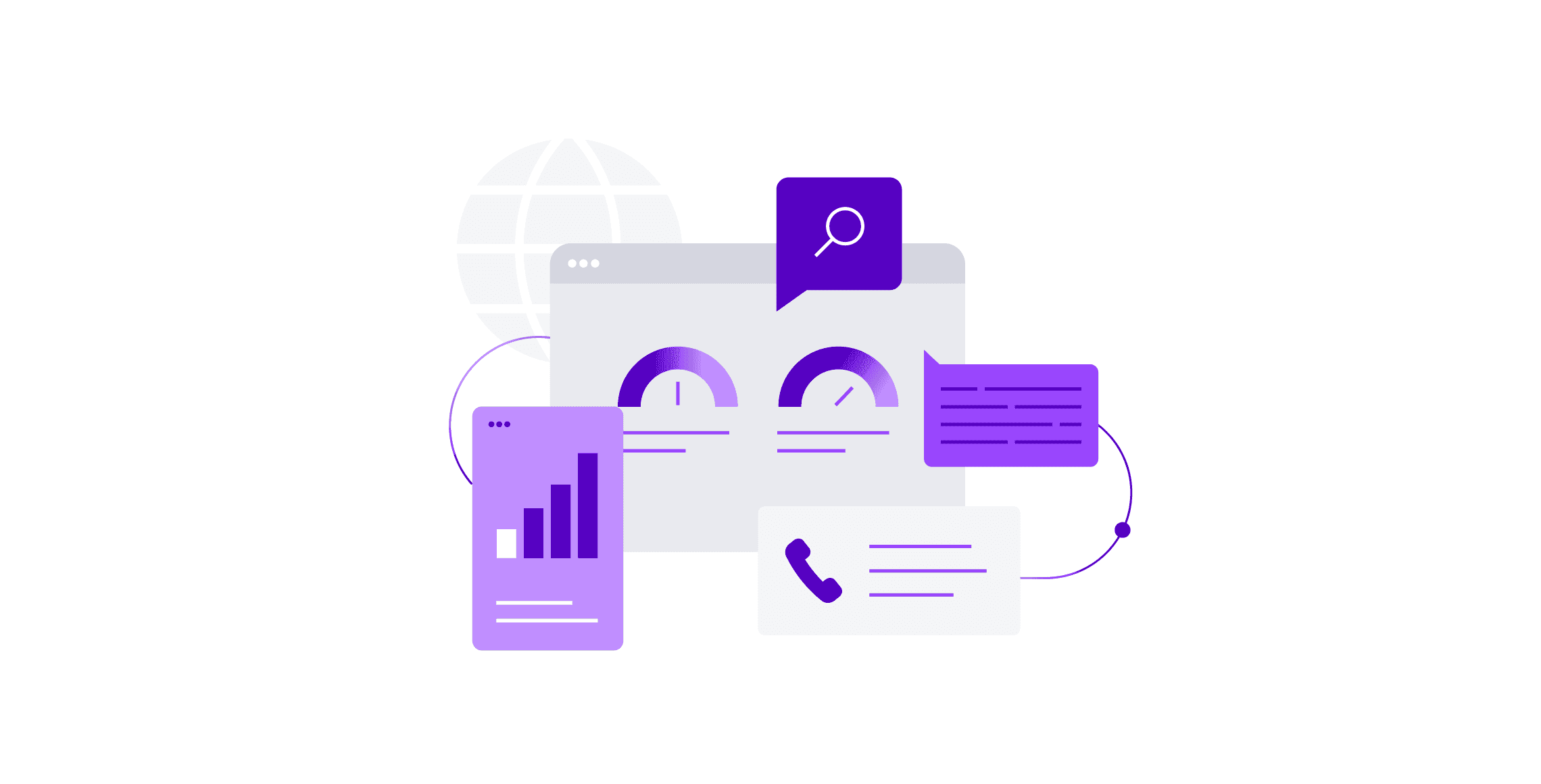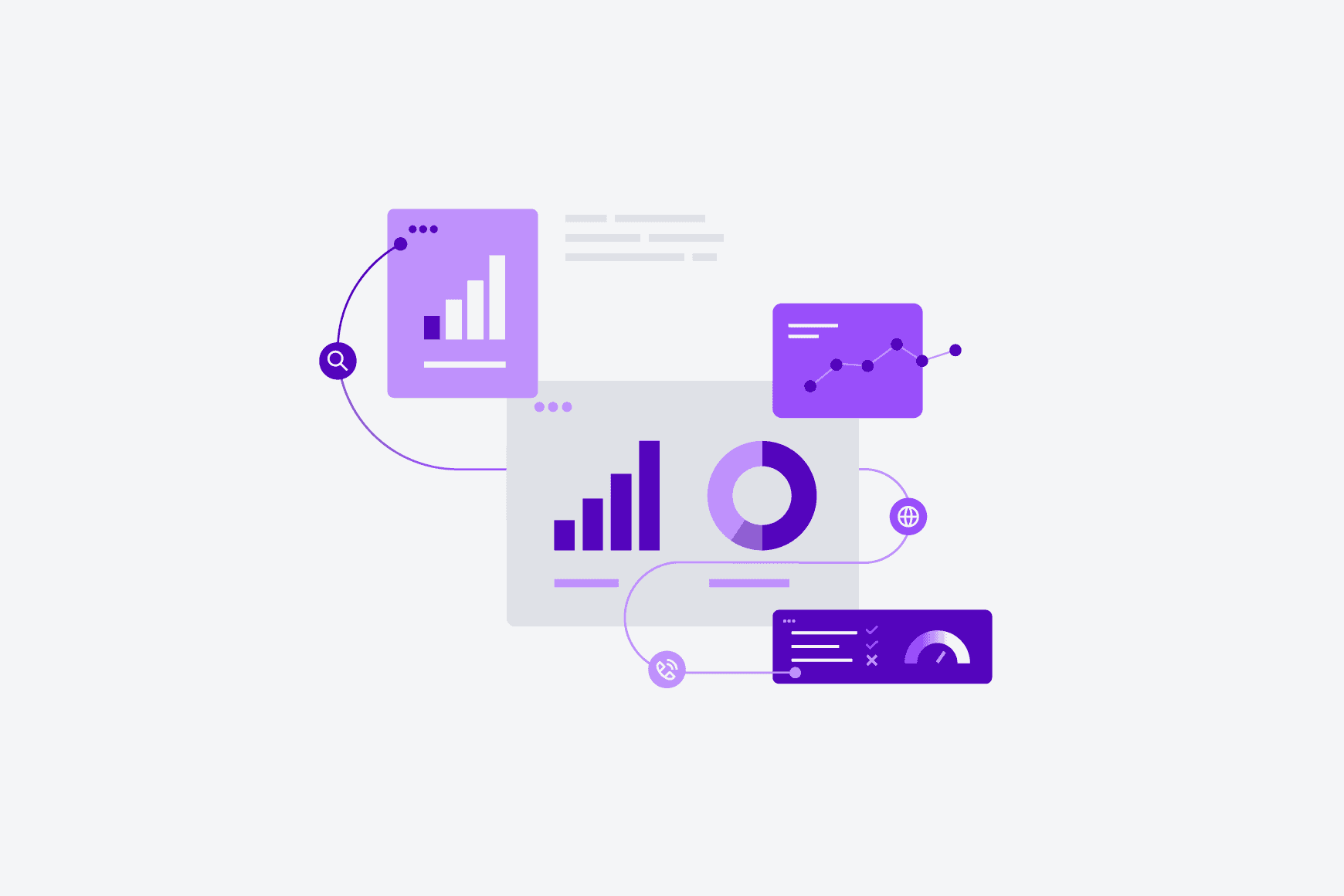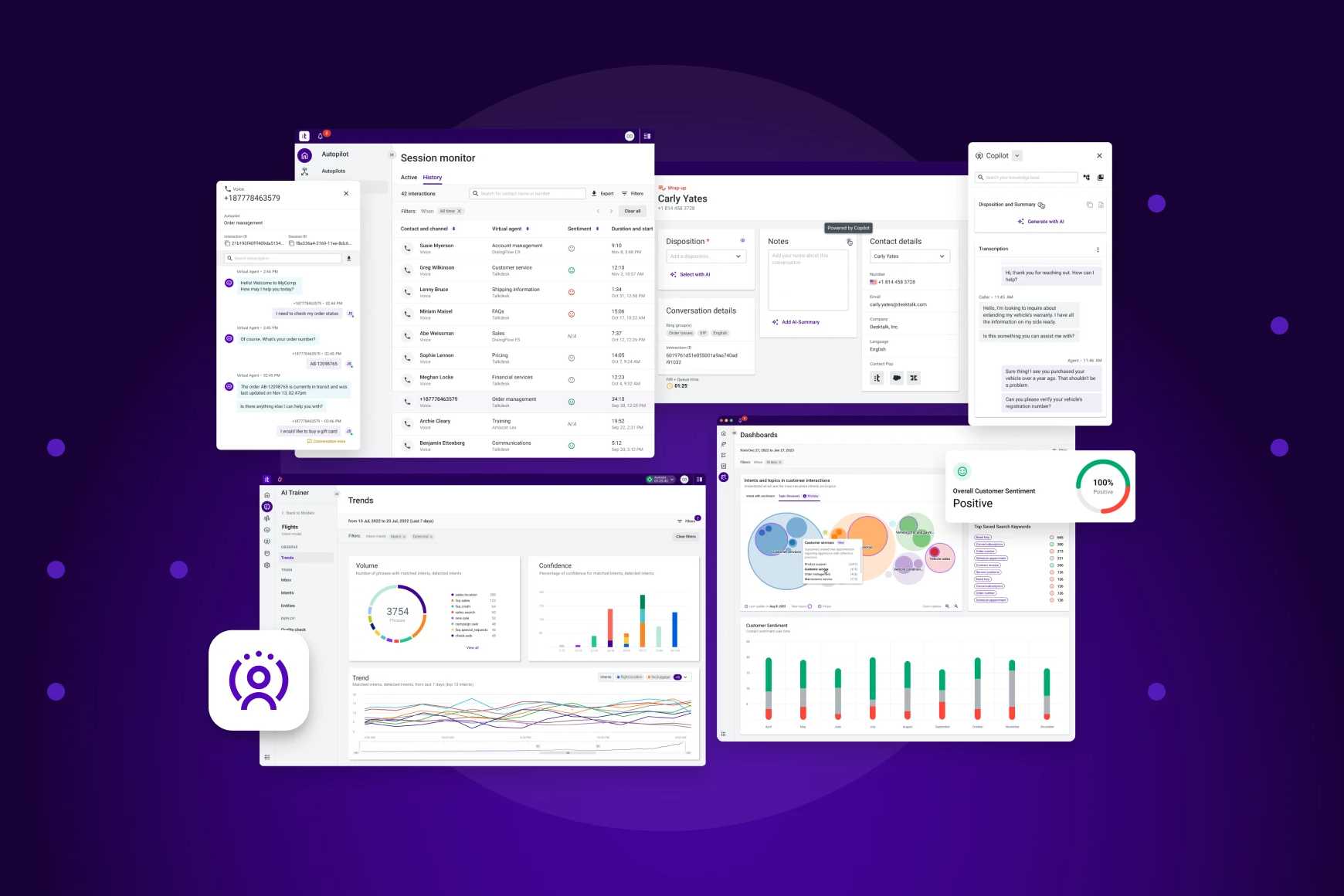Contact Center Trends
A step-by-step guide to contact center benchmarking

By Filipa Silva
0 min read

Start exploring the benefits of benchmarking and learn how to implement a benchmark plan for your contact center.
Long before the COVID-19 crisis emerged, technology advancements had already sparked a shift in the traditional contact center model, making it a central part of the relationship between customers and brands.
Government-imposed confinement measures accelerated this shift, forcing companies to close their physical locations and move to work-from-home or hybrid models to adapt to the new environment.
Contact centers and their agents suddenly became the heart of customer relationship management—a position held previously by store associates.
With the added pressure of developing trust with customer-centric actions, contact centers sit between the pulling forces of giving the best customer experience while reducing costs and maintaining performance.
However, contact centers are also data hubs. They generate enormous amounts of data (e.g., how customers use products, their satisfaction with a brand, how well agents perform on a call, the revenue generated from customer interactions).
The importance of contact center benchmarking.
Contact center benchmarking is the structured and systematic process of continuously identifying, examining, deploying, and reviewing contact center best practices to gain and maintain a competitive advantage.
By engaging in benchmarking, contact center managers can critically evaluate business operations and implement necessary changes and best practices.
3 benefits of contact center benchmarking.
-
Identify the most urgent areas for improvement.
Benchmarking allows you to identify inefficiencies and ineffective practices in your contact center, helping to establish priorities by highlighting areas in which you are underperforming your peers.
When focusing on contact center CX performance, compare these following metrics and their variation throughout 2020:
- Customer satisfaction (CSAT).
- First call resolution (FCR).
- Average revenue per contact (including % of up-sell or cross-sell opportunities).
-
Uncover areas for contact center efficiency improvements.
Comparing your operation costs to industry benchmarks will help you understand if you are more, less, or equally affected by business context.
When assessing contact center operational performance, compare the following metrics and their variations during 2020:
- Average speed of answer (ASA).
- Average talk time (ATT).
- Average after-call work time (ACW).
- Average abandonment rate (AAR).
- Average time to abandon.
- Average waiting time (AWT).
- Average handle time (AHT).
- Volume of inbound and outbound calls.
-
Assess the effectiveness of new initiatives.
Contact center benchmarking will allow you to assess the effectiveness of new initiatives. This will strengthen the competitive advantage of your contact center by supporting and improving efficient practices and fostering innovation.
Additionally, by evaluating successful vs. unsuccessful actions in your industry, you can capitalize on the experiences of others: new ideas that have been proven successful in other companies can be adopted in your own company to help accelerate growth and adaptability.
Consequently, to improve and innovate in an ever-changing reality, prioritize benchmarking as part of your contact center strategy. Engaging in effective contact center benchmarking, and incorporating the results into strategic and tactical initiatives, is the most effective method to improve performance, placing your company among the top performers.
10 steps to implement a benchmark plan.
-
Identify the process, practice, or service to benchmark.
Ensure your benchmarking is retrieving the right answers by targeting the right questions. The questions should be specific, verifiable through qualitative or quantitative research methods, and in line with your business goals and strategy. For example:
- Which contact channel is driving faster response to customers?
- How many contacts does it take, on average, to solve a customer query?
- How is the average handle time reduction impacting my customer satisfaction and perceived customer service quality?
-
Identify the companies to benchmark against.
Compile a list of companies performing well inside of your industry, if your goal is to set up a systematic, ongoing comparison between your company and its competitors; or outside of your industry, if your goal is to assess dramatically different business processes or innovative practices.
-
Research and collect data.
Define what you need to measure, which variables to assess, data points to include, and the specific formulas you are using. This will ensure that your team accurately and consistently collects valid, valuable, and comparable data.
-
Analyze and interpret data.
Interpret data in a meaningful way by considering causes for any trends, outliers, or inefficiencies. Analyze the data based on contact center size, company size, and geography. Uncover the gaps between your company and the industry’s best.
-
Project performance.
Analyze business trends to understand how fast and how well your industry is adapting. Project the results of your benchmarking efforts beyond today’s issues to ensure that they don’t become obsolete too fast.
-
Communicate across your organization.
Decide who you communicate the results to and what your goals for sharing those results are. Your objectives may be to get buy-in from key stakeholders, reveal inefficiencies to a team, or pitch a new marketing strategy.
-
Establish new goals and objectives.
After interpreting the results and reporting them to the appropriate stakeholders, you should establish goals that are tangible, attainable, and in line with your company strategy.
-
Develop an action plan.
Define specific, concrete actions, detailing the tasks involved in each goal and including specific names and dates associated with each task.
-
Monitor the results.
Monitor the results of your benchmarking efforts and ensure that the action plan is consistently implemented.
-
Start again.
Polish your benchmarking efforts to guarantee that they are up-to-date and effective by adjusting what is being measured, how it is being measured, and what is included in the calculation to keep efforts aligned with desired results.
You can start now.
At Talkdesk, we know the importance of benchmarking in driving strategic business decisions.
Featuring proprietary data, the 2021 Talkdesk global contact center KPI benchmarking report analyzes the impact of 2020’s turbulence on contact center performance across five operational metrics applicable to every industry.

report
2021 Talkdesk global contact center KPI benchmarking report







